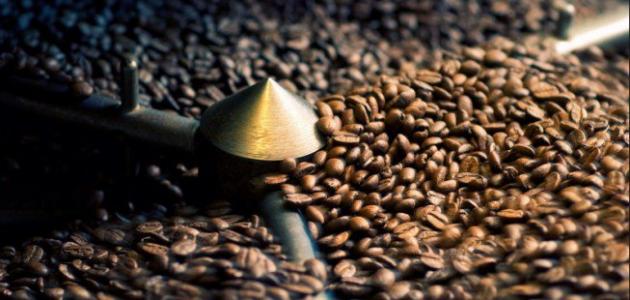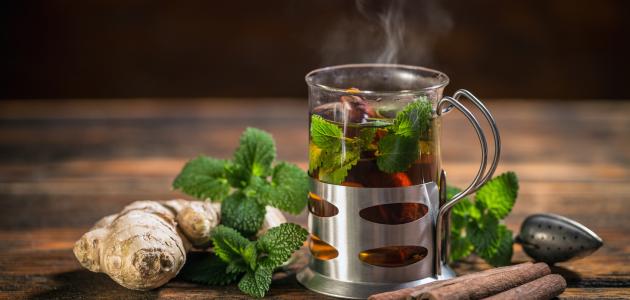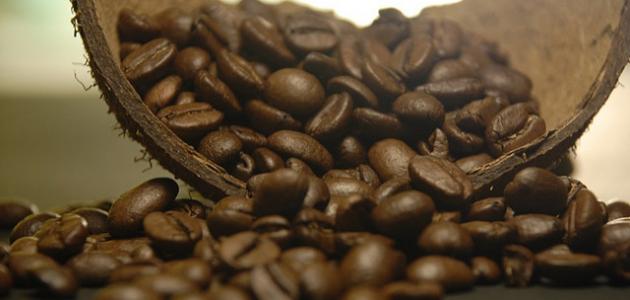Contents
An overview of the fruits of coffee
The coffee tree is an evergreen tree in all seasons of the year, and its height reaches more than 9 meters, but it is common to prune the tree to a certain length to preserve it, increase its production, and facilitate the process of reaping fruits, and each tree is covered with sprawling green leaves that grow opposite each other in pairs, And along the branches the coffee fruits grow , and since the coffee tree grows in a continuous cycle, it is possible to see the green and ripe flowers and fruits simultaneously on the same tree, and coffee trees grow better in cloudy areas with moderate temperatures, And frequent rains, and the scope of commercial coffee cultivation is spreading in certain regions of the world, and this area is called the coffee belt . [1]
The ripening process of the coffee fruit takes a year since the flowering took place, and the tree needs five years to reach the peak of its useful life, and the coffee tree can live more than 100 years, but it is more productive in the period from 7-20 years of its life, and it should also be noted that The coffee tree needs careful human care throughout its fruiting period; To maintain and increase its production over the years, as the average yield of the tree is 4.5 kilograms per year, or approximately 1 kilogram of green coffee beans. [1]
The coffee drink is prepared from the processed and roasted seeds that are extracted from the coffee fruit. As for the seeds, they are surrounded by the inner envelope of the fruit , which is a paper cover called parchment. It's called Silver Skin. [1]
Benefits of coffee peel
The coffee peel and pulp, which make up 45% of the coffee fruit, are the most important by-products of coffee. This is for their use in the agricultural and food industries and the extraction of caffeine and polyphenols. [2] According to various studies on the coffee peel, researchers Murthy and Naidu concluded in 2010 that the coffee peel contains large quantities of fermented sugars, and thus it is considered one of the beneficial pillars for the production of yeast and enzymes, and in 2012 The two researchers discovered the possibility of using the coffee peel as a nutritional supplement because it contains a high percentage of dietary fiber, natural antioxidants, and nutrients beneficial to the body, and the researchers also concluded Esquifel and Jimenez that the coffee peel is an essential source of phytochemicals in food processing processes. [3]
Uses of coffee peel
Coffee peel is a by-product of the coffee production process, which is often disposed of as garbage or sold as fertilizer, but since the coffee peel contains large proportions of organic compounds Like cellulose, fatty acids, lignin, hemicellulose, and polysaccharides, there is an opportunity to use it as a source of biofuel (Biofuel), [ 4] The coffee peel has several uses, including the following:
Coffee peel drink
The coffee peel drink known as cascara syrup, the sultana syrup in Bolivia, and the peel drink in Yemen are prepared by drying the outer peels of the coffee fruits and then soaking them, and you can add ginger, cinnamon, or cloves. To add a distinct flavor, and drink it hot or cold as desired, but it is advised not to drink too much because it contains caffeine , and cascara drink is considered one of the traditional drinks in coffee-producing countries such as Yemen and Ethiopia, where farmers drink it every morning, and it is served as hospitality on special occasions, and it is worth noting The flavor of the cascara depends on where it was grown. [5]
Silage
Research has shown that adding 30% coffee peel in three stages to silage consisting of mango peel and pulp improved the efficiency of fermentation in silage, and the same research group conducted another experiment to evaluate the protein content in silage, by preparing a mixture of passion fruit peel and seeds, and adding Peel the coffee by 25%, and notice the increased protein content in the silage. [6]
Fuel
The coffee peel can be used as fuel, as it is pure lignocellulose, by drying the coffee parchment either in drying machines that pass hot air or by exposing it to the sun to preserve its quality, after which the coffee crust becomes thin and dry It can be removed easily, and then the peel is burned to produce the fuel that is used in engines to produce electrical energy, and the heat produced by the movement of motors can be used as hot air to dry more coffee parchment. [7]
Organic fertilization
Composting can be defined as a system for managing solid waste by accelerating the process of decomposition of biomass, as the decomposition of the coffee pulp occurs automatically, and if the decomposition process is not controlled, it may lead to several problems, such as: the emission of unpleasant odors, The spread of flies and insects, and soil leaching , while controlled fertilization provides a product that can be easily stored and placed on the ground, and through studies it has been shown that coffee peels have low values for the ratio of carbon to nitrogen (C: N), and studies indicated The waste with a high carbon to nitrogen ratio must be mixed with the coffee peel to reduce the ratio and thus ensure the quality of the product. Fertilizing with the use of coffee peel and pulp is considered a nutrient for the soil, increases its water retention, and improves its quality in the long run. [6]
References
- ^ A b v "What is Coffee?" , www.ncausa.org , Retrieved 2020-7-29. Edited.
- ↑ Patricia Esquivel, Víctor M. Jiménez, "Functional properties of coffee and coffee by-products" , www.sciencedirect.com , Retrieved 2020-7-29. Edited.
- ↑ Ebba Bondesson (2015), A nutritional analysis on the byproduct coffee husk and its potential utilization in food production , Sweden: Swedish University of Agricultural Sciences, Page 8. Edited.
- ^ Chelsea Giller, Bhavish Malkani, Josh Parasa (2017), Coffee to Biofuels , Pennsylvania: University of Pennsylvania ScholarlyCommons, Page 8. Edited.
- ↑ S. McCusker (2015-11-24), “Zero Waste Coffee: 5 Creative Uses for Coffee By-Products , ” www.perfectdailygrind.com , Retrieved 2020-7-29. Edited.
- ^ A b , Leandro Oliveira , S, S Adriana Franca (2015), An Overview The Of The Potential Uses For Coffee Husks , Amsterdam is : the Elsevier, . Page 286, Part 31. Edited by .
- ↑ Rajkumar Rathinavelu, Giorgio Graziosi (2005), Potential alternative use of coffee wastes and by-products , Italy: University of Trieste, Page 2. Edited.








